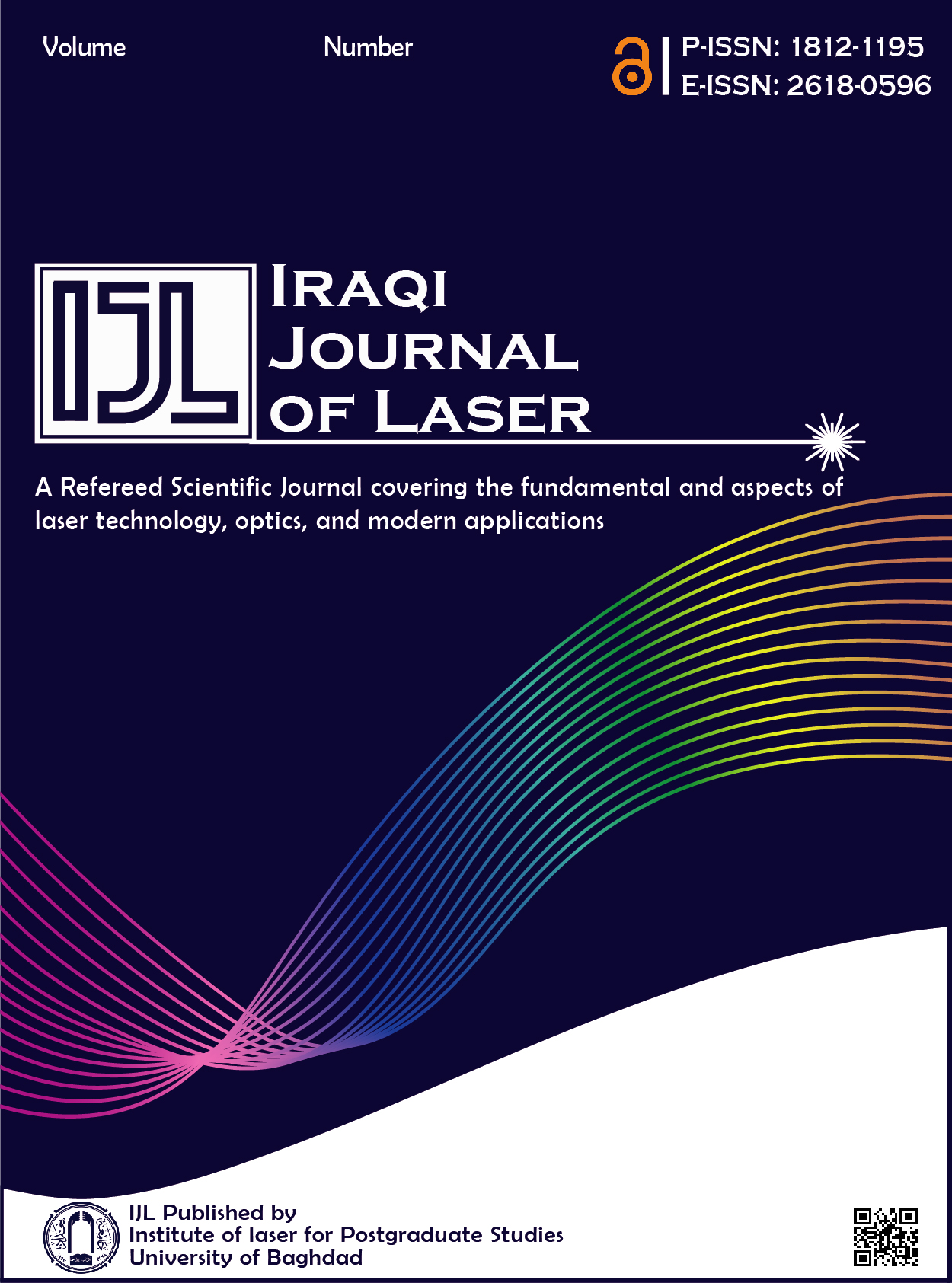Abstract
Background: Many conservative sphincter-preserving procedures had been described to be effective inhealing of anal fistula without excision or de roofing.Objective: To verify the outcome of mere photocoagulation of the fistula tract on healing of low analfistula.Materials and Methods:Using 810nm diode laser, the tracts of low anal fistulae in a cohorts of six malepatients (mean age of 32 yr) had been photocoagulated by retrograde application of laser light through anorb tip optical fiber threaded in to the tract. Swabs for culture and sensitivity testing were obtained beforeand after laser application. Patients were followed up regularly to announce fistula healing.Results:Mean laser exposure time was 6.6 min., mean operative time was 19 min., mean hospital staywas 5.9 hrs and mean fistula closure time was 7.7 days. The negative immediate post laser exposureswabs indicate that laser may have a bacteria killing power. There were no evidences of incontinence orrecurrence within the mean follow up period of 9 weeks. The feasibility of using the selected laser andaccessory was excellent. The basic laser-tissue interaction was thermal photocoagulation withoutcarbonization.Conclusions and Recommendations:Mere photocoagulation of the fistula tract may heal a low analfistula. Within the chosen parameters of laser application, there was no evidence of damage to the analsphincter. It is recommended that larger number of cases to be done to allow for proper statistical analysis. High, complicated, and recurrent cases may be included. A longer follow up period to assess intermediate and long term recurrences is recommended
